Tips to Minimize the Environmental Impact of Shrimp Farming
In efforts to sustain this industry while protecting ecosystems, smart and sustainable steps are necessary. Here are some tips to minimize the environmental impact of shrimp farming that you can implement:
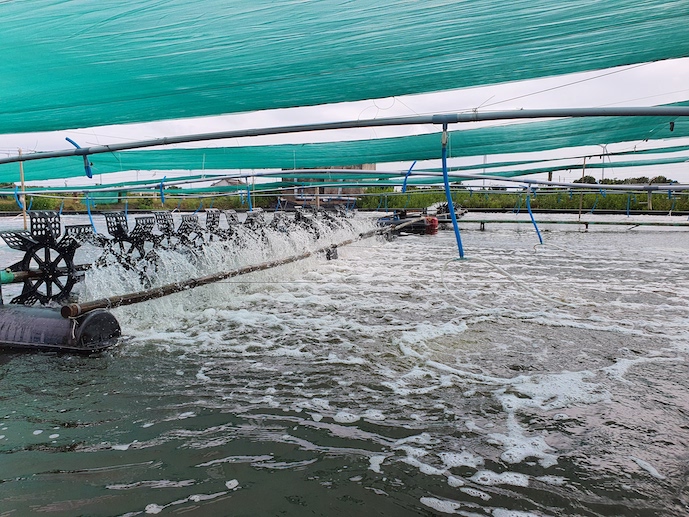
1. Selecting the Right Location
Choose shrimp farming locations that are ecologically non-sensitive. Avoid areas vulnerable to coastal erosion, intact mangrove forests, or regions with high biodiversity.
Selecting the right location can reduce negative environmental impacts and promote sustainable shrimp farming practices.
2. Efficient Water Management
Effective water management is crucial for vannamei shrimp farming. This helps avoid pollution and reduces excessive water use, thereby supporting environmental sustainability.
3. Sustainable Feed Choices
Choosing sustainable feed is crucial to minimize environmental impacts of shrimp farming. The composition of shrimp feed determines the nutrients absorbed by shrimp for their growth. Ensure that the feed composition is nutritionally adequate while remaining eco-friendly.
4. Water Quality Monitoring
Regularly monitor water quality around the farming area. Ensure parameters like dissolved oxygen levels, salinity, and water clarity remain optimal to support shrimp growth and prevent environmental pollution.
5. Use of Environmentally Friendly Technologies
Employ the latest environmentally friendly technologies in shrimp farming systems. For example, implement drilling technologies to minimize damage to underwater ecosystems during infrastructure development.
6. Environmental Stewardship Practices
Shrimp farming practices should be responsible and considerate of surrounding environmental conditions, particularly in waste management. Many farmers still lack proper waste management facilities due to land and capital limitations.
Environmental stewardship involving good waste management practices should be implemented throughout the farming cycle, from pond cleaning to managing aquaculture wastewater.
7. Collaboration with Stakeholders
The final tip to minimize the environmental impact of shrimp farming is collaboration among involved parties. This includes tighter and more sustainable operational standards and regulations.
Cre: delosaqua.com
Contact AQUA MINA for consultation and supply of aquaculture round tanks and aquaculture equipment for high-tech shrimp farming.
- Address: 685 National Highway 1A, Binh Hung Hoa Ward, Binh Tan District, Ho Chi Minh City
- Phone: 1800 6071 (Toll-free hotline)
- Email: sales@aquamina.com.vn or oversea@aquamina.com.vn
Aqua Mina's distributor in Japan:
REX INDUSTRIES CO., LTD
- Address: 1-9-3 Hishiya-Higashi, Higashi-Osaka 578-0948 JAPAN
- Email: kimakubo@rexind.co.jp
- Phone: +81-(0)72-961-9893
- Website: http://www.rexind.co.jp/e/
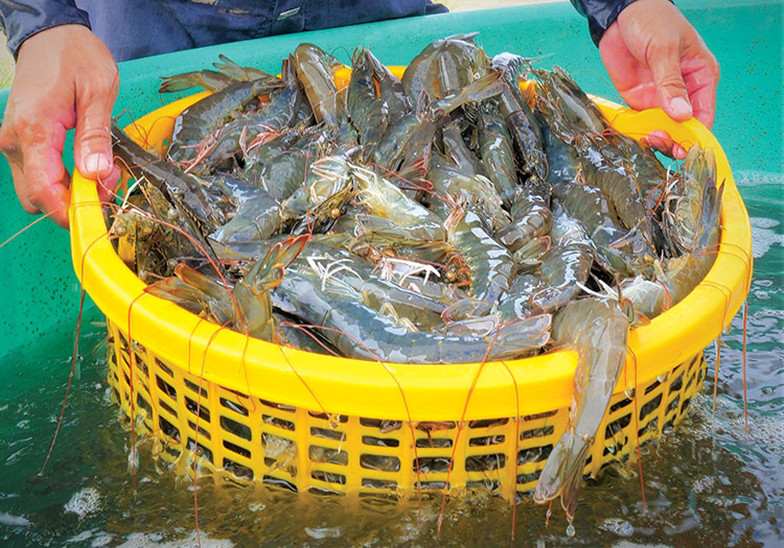
WE WORK FOR YOUR SUCCESS!
Ngày đăng : 01/01/2025
2368 View
Other Articles
Global Shrimp Forum: Global shrimp trade is reshaping
China’s Import Value Up 10%, Vietnamese Shrimp Remains Among Leading Suppliers
After the 7.5-magnitude offshore earthquake in Aomori that injured 34 people, Japan has issued a warning about a potential mega-earthquake
India’s shrimp exports accelerate despite the trade war with the United States
Portuguese food group acquires 18% stake in cod farming company Norcod
Indonesia implements radioactive-free shrimp certification for exports to the United States
India is world’s second-largest shrimp producer. That is now under threat
Ca Mau’s shrimp industry moves towards “green” growth
Floods devastate aquaculture, processing operations in Vietnam
Ecuador Leads Global Shrimp Exports, Surpassing USD 7 Billion in 2025
India's marine product exports rise 16% as new markets offset US dip
Skretting presents the first shrimp feed with insect meal in Vietnam








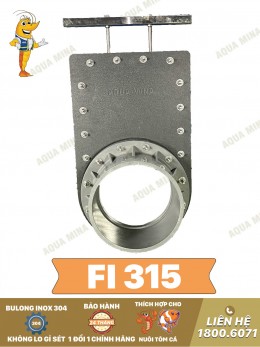
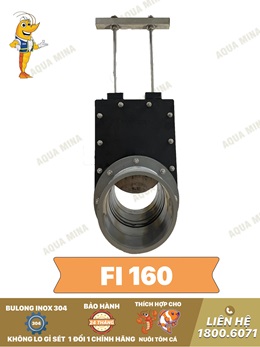
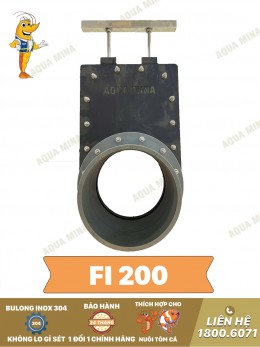
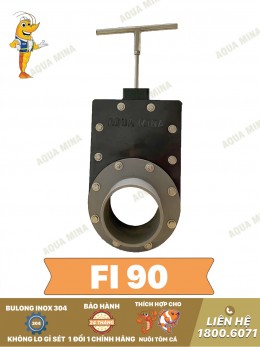
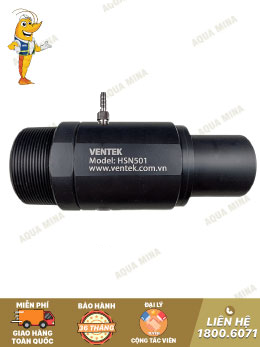
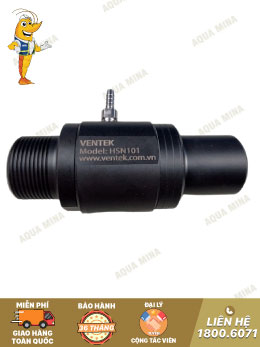

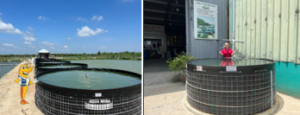
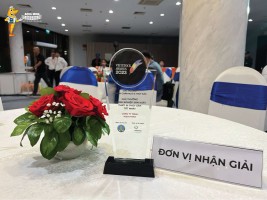
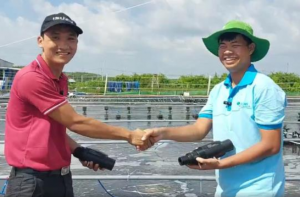
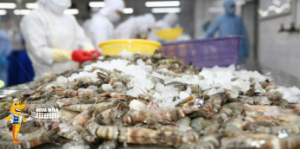
.jpg)